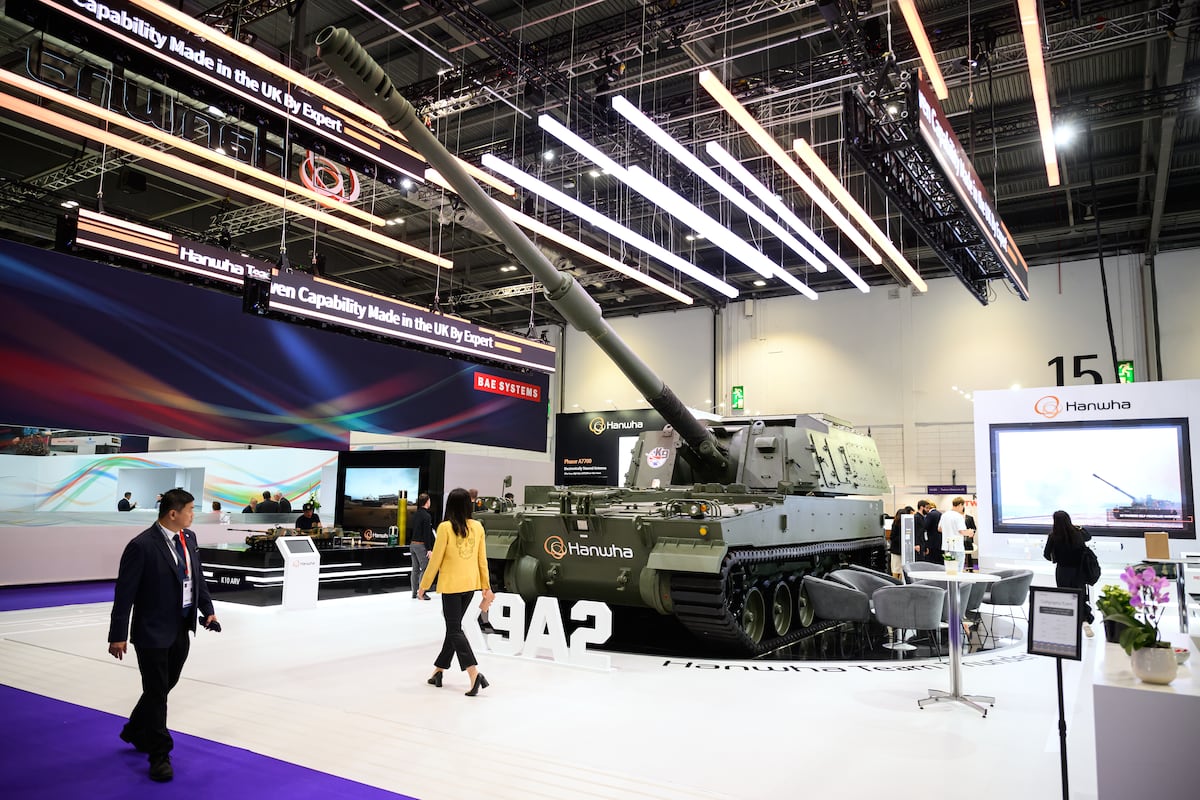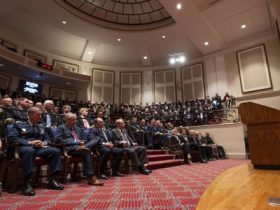Europe may be weighing spending billions on U.S. arms purchases to ensure America offers security guarantees to Ukraine, yet it has little choice but to pay up, even as it tries to invest in its own defense industries, analysts have told Defense News.
This week, government and military officials on both sides of the Atlantic have discussed how western powers can guarantee Kyiv’s safety from future Russian aggression after a peace deal is reached to end hostilities in Ukraine.
As President Donald Trump talked of the possibility of the U.S. coordinating the effort — an essential element of any guarantee — Ukraine’s President Zelenskyy suggested Ukraine would offer to buy $90 billion in U.S. weaponry to keep the U.S. at the table.
By Wednesday, U.S. Vice President JD Vance was claiming that Europe would be picking up most of the bill for defending Ukraine.
“No matter what form this takes, the Europeans are going to have to take the lion’s share of the burden,” Vance told Fox News. “It’s their continent, its their security and the president has been very clear — they are going to have to step up here.”
The bottom line could therefore involve Europe paying up to $90 billion to ensure U.S. assistance to avoid another Russian invasion of Ukraine — a true reflection of Trump’s concept of “transactional” diplomacy.
Still, none of this may happen. Since talks in Alaska between President Trump and Vladmir Putin on Aug. 15, Russia has opposed the idea of western troops in Ukraine and said it would need to be part of a security guarantee — an obvious non-starter for Kyiv.
But one European leader reacted strongly to the possibility of Europe paying to keep the U.S. on board.
“Even in the worst nightmare, I cannot imagine Slovakia buying some weapons in the United States and then sending them for free to the front in Ukraine,” said Slovakia’s Prime Minister Robert Fico.
One challenge for EU officials is that the U.S. arms purchase could weaken attempts by the bloc to spend more money on its own domestic defense industries, to build up a homegrown military capability and to wean itself off dependence on U.S. weaponry.
The EU’s new SAFE program, which provides €150 billion in loans for member states to spend on defense, prioritizes investments in European products.
A European Commission spokeswoman sidestepped the issue this week when asked about the EU buying U.S. weapons, stating the matter had not come up when European leaders met Trump in Washington on August 18.
“I would not have a specific comment on it,” she said. “In general you know the effort we are bringing forward to maintain support for Ukraine, also military support, and also our SAFE program and how we are trying to integrate our industries and advance defense spending and innovation together with Ukraine.”
Yohann Michel, an analyst with the French IESD think tank, said Europe had no choice but to pay the U.S. in the short term.
“Most of the weaponry needed comes from the U.S., like Patriot. If we don’t produce it, we need to pay,” he said. “We need Ukraine to resist. If it falls, European security is threatened. If the way to avoid that is to pay the U.S., it has to be done in the short term. After all, it is what Europe has been doing for 80 years. Ninety percent of countries buying the F-35 will admit they are buying U.S. security. Now it becomes a more open transaction with Trump.”
Christian Mölling, senior advisor at the European Policy Center, said Europe was avoiding discussion about the billions that could be paid to the U.S.
“My impression is that people are avoiding this debate until we know if the security guarantees are actually put into place,” he said.
Mölling added that Europe would have little choice but to pay.
“There is no alternative to Patriot batteries,” he said. “I don’t think wewould see Brussels handing over a $90 billion check to the U.S., but a number of smaller payments would be made.”
Tom Kington is the Italy correspondent for Defense News.
Read the full article here








Leave a Reply